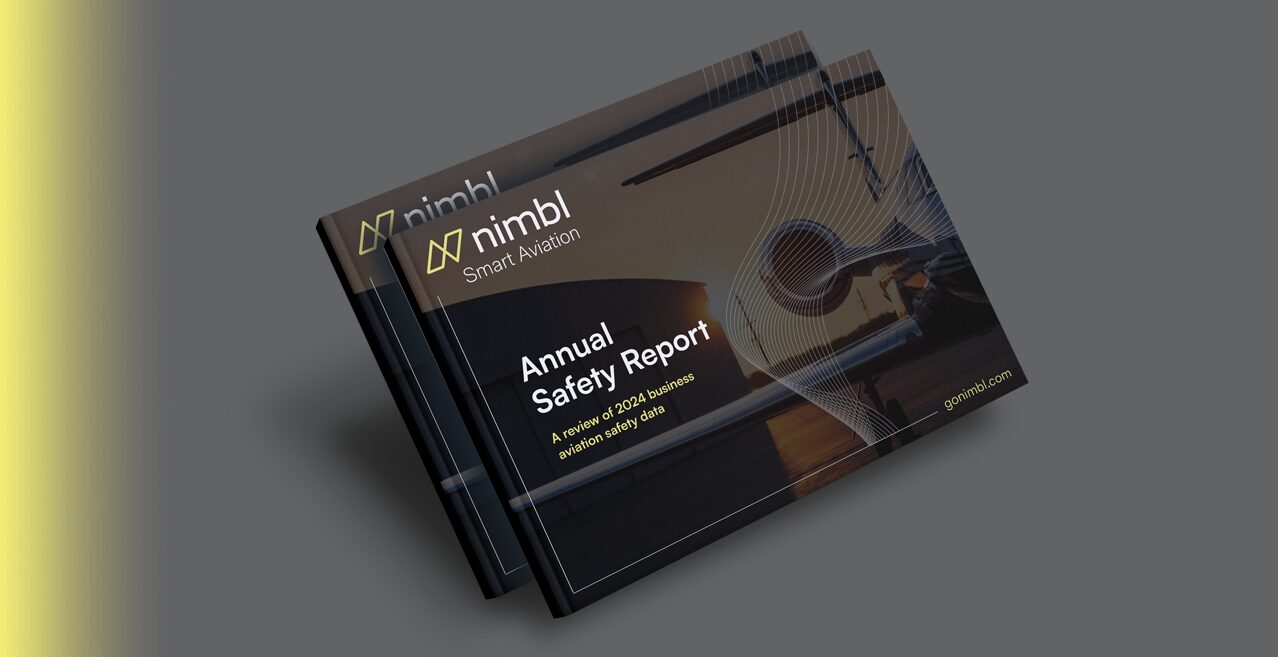
Annual Safety Report
SMS reporting is crucial for tracking safety data and preventing potential incidents. We analyzed hundreds of safety reports submitted to Nimbl over the past year and found the top submission types, the most common themes, and provided best practices for flight operators, maintenance departments, and FBOs. See the full report to better understand how to […]
Read more

14 CFR Part 5: SMS Compliance for Part 135 Operators
Part 135 operators are required to implement and maintain a Safety Management System (SMS) that is compliant with Part 5. What does an operator need to do to comply and what does that look like on a day to day basis? Download our free Guide to SMS for Part 135 for a breakdown of what […]
Read more
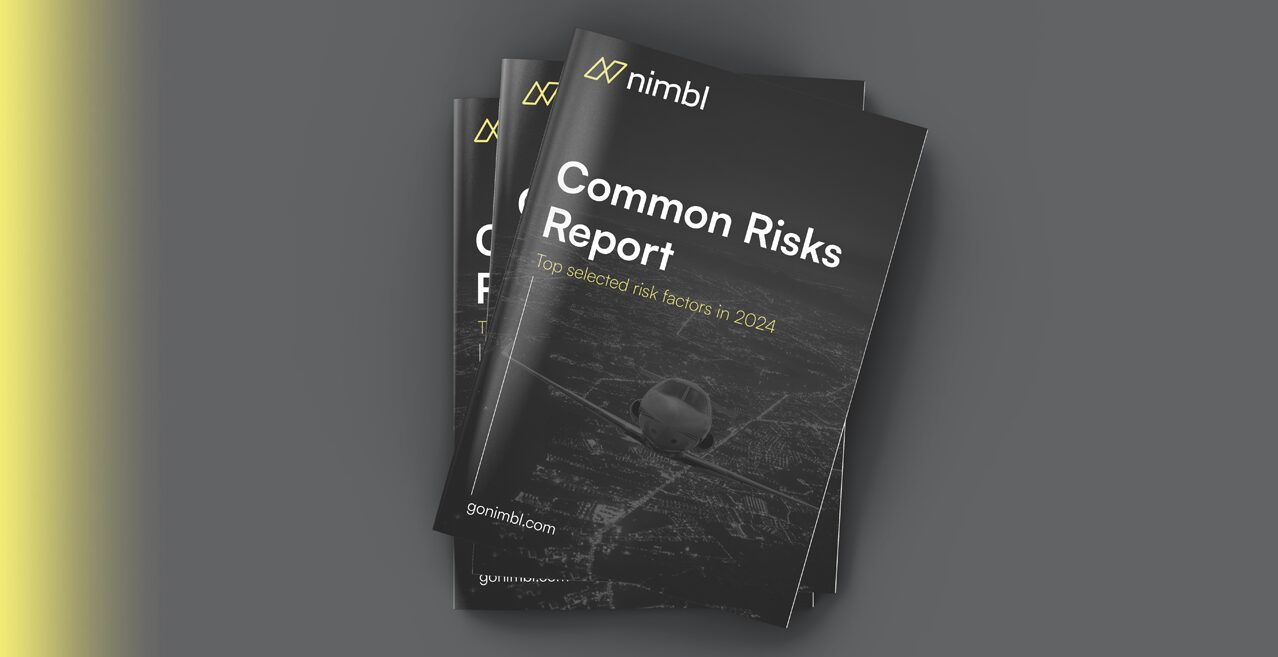
The Most Common Risks Operators Face Day to Day
Thousands of risk assessments are submitted to Nimbl every year. We’ve reviewed the data and discovered the top 10 selected risk factors flight and maintenance departments are facing and have provided example mitigations and insights. How do these compare to your top 10 factors and subsequent mitigations? Wondering how to manage your top 10 risks? […]
Read more
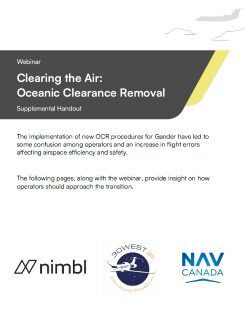
Clearing the Air: Oceanic Clearance Removal (OCR)
The implementation of Oceanic Clearance Removal (OCR) procedures for Gander have led to some confusion among operators and an increase in flight errors affecting airspace efficiency and safety. To address these changes Robert Fleming, Manager of ACC Operations at Gander, Joe Sears, Instructor at 30West IP and Clément Meersseman, Senior Operations Advisor at Nimbl, provide […]
Read more
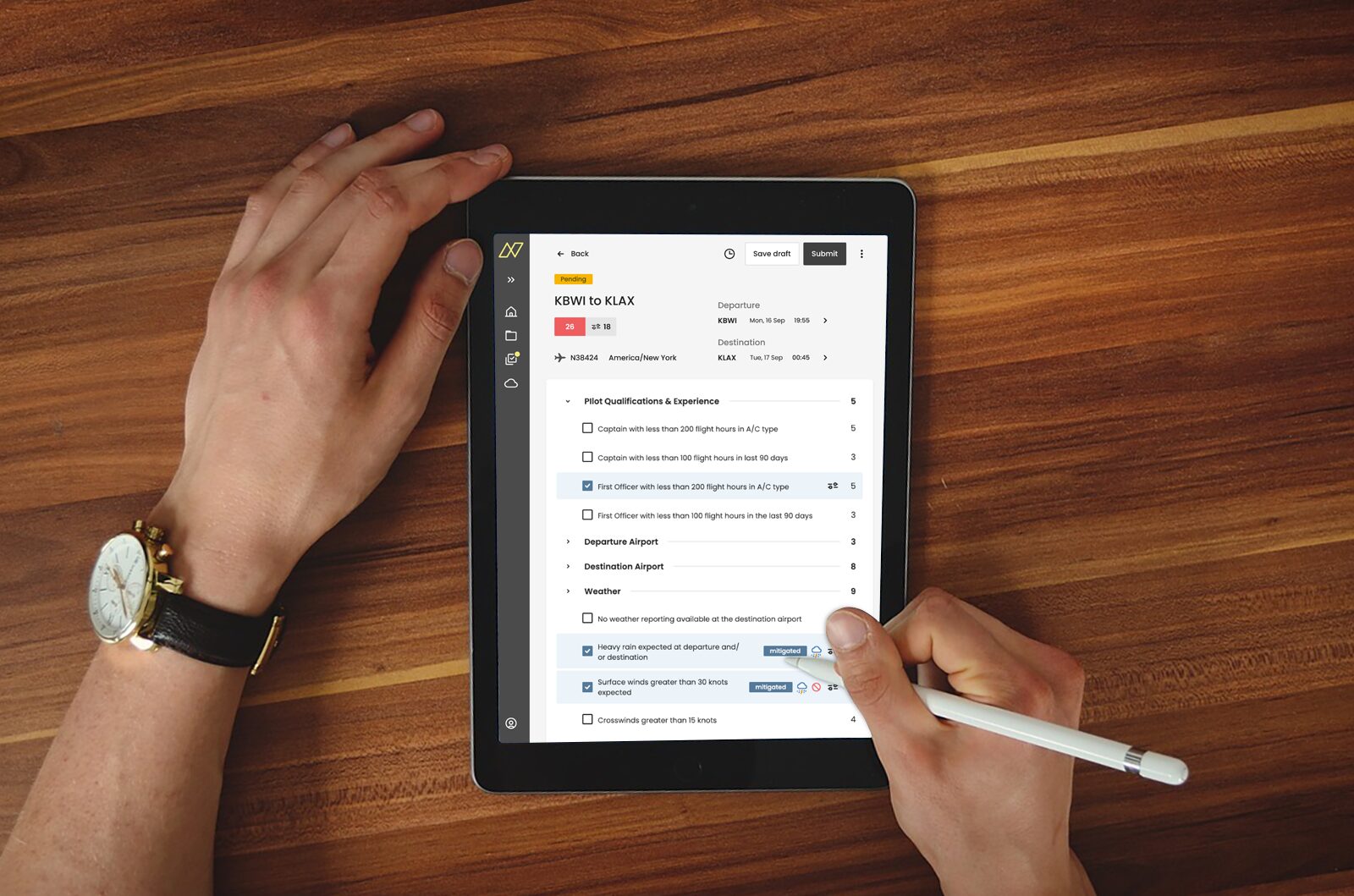
When To Do a Risk Assessment
It’s commonly accepted that flight departments should be doing a risk assessment for their flights. The only question for most operators is how often. For operators newer to risk assessments, they should consider doing them more frequently initially, to establish a baseline of what risks they commonly face and how often. This will make it […]
Read more

Your Aviation Emergency Response Plan (ERP): Three Critical Items To Keep In Mind
It’s something you need but hope to never use: an aviation Emergency Response Plan (ERP). For any flight department, drone operator, or FBO, this is your “go-to” when an incident, accident, or emergency occurs. As you set up your ERP there are three things to keep in mind: basic structure, key elements of any emergency […]
Read more

You Don’t Need An LOA For RNAV… Unless You Do!
Part 91 operators aren’t required to obtain a Letter of Authorization (LOA) for RNAV or GPS-based ILS procedures (also called RNP APCH). So why does the FAA offer such an LOA – what’s the point? Nimbl explains. In the US, RNAV procedures are commonplace. That’s because the FAA’s Wide Area Augmentation System (WAAS) – a […]
Read more

Why You Need an Operations Manual
At the heart of your organization, an Operations Manual (OM) describes your operation and acts as the go to resource to ensure everyone on your team can operate safely and efficiently together. Known by a variety of names such as Flight, Company or General Operations Manual, a quality OM can improve everything from streamlining processes […]
Read more

Why It’s Time You Get An Operations Manual And What Should Be In It
Editors note: This post was originally published on July 29th, 2019. It has been updated for accuracy and comprehensiveness. What if there was a way for that contract pilot or a new hire to immediately understand how your company works and what its procedures are? This is where your Flight Operations Manual (FOM) comes in handy. Yet […]
Read more
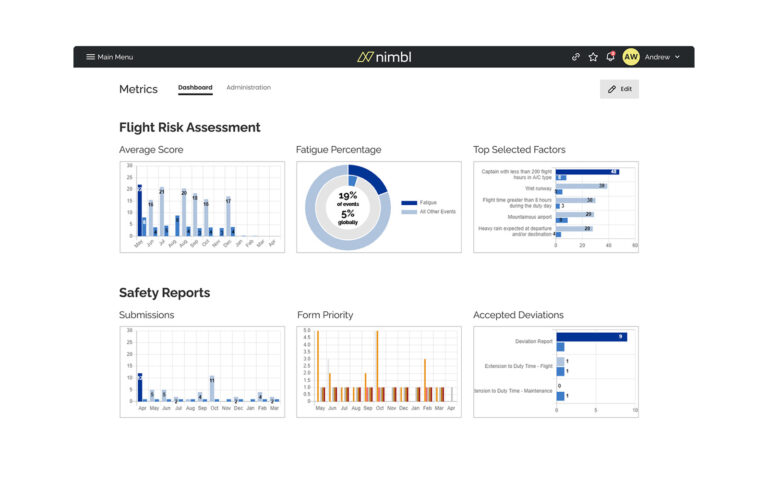
What is a safety performance indicator and why should you have them?
Safety Performance Indicators (or SPIs) – What are they? How do you define them? How do they help in the quest to improve safety? Discover the answers to these questions plus see examples of SPIs in our Practical Guide to SPIs. Defining a Safety Performance Indicator The International Civil Aviation Association (ICAO) defines an SPI as a “data-based […]
Read more
![MEL, MMEL, NEF: What are you required to have? [+ Free MEL Guide]](https://gonimbl.com/wp-content/uploads/mel-yellow-gradient.jpg)
MEL, MMEL, NEF: What are you required to have? [+ Free MEL Guide]
Are you required to have an MEL? Could your aircraft be grounded if you don’t have an NEF Program? MMELs, MELs, and NEFs (nonessential equipment and furnishing lists) allow you to operate even if some aircraft equipment and furnishings are inoperative. Knowing which you need though can be confusing. Did you know that the use […]
Read more

LOAS: What They Are, Who They’re For, And How To Get Them
You have probably heard about Letters of Authorization (LOA). But do you know what they are or if they apply to you? If you are a Part 91 operator, chances are you have heard about Letters of Authorization (LOAs). There is also a good chance that you’re not entirely certain what they do or if […]
Read more
Load more
Load more